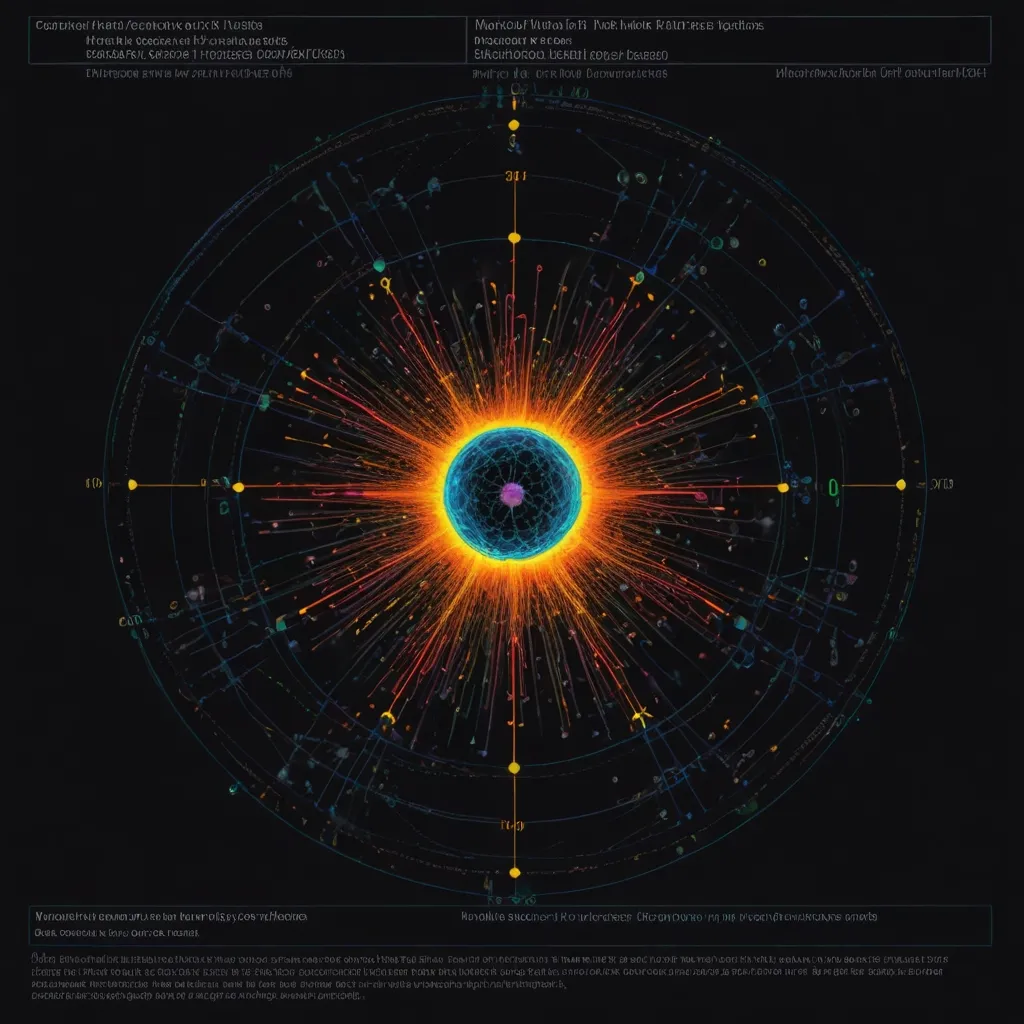Quantum mechanics reveals the world of the tiniest particles—photons, electrons, atoms, and even some molecules—where behavior defies our everyday experience. The double slit experiment presents these particles as waves of probability until measured, collapsing into distinct particles. The delayed choice quantum eraser experiment further puzzles us with entangled particles that remain connected across space-time, a phenomenon absent in our macroscopic world.
Why don’t macroscopic objects like tennis balls display such behavior? When particles are as large as molecules with hundreds or thousands of atoms, they still show quantum behavior. But classical behavior takes over as objects get larger.
Consider shining monochromatic light through two slits. Light creates an interference pattern due to overlapping waves, a common wave property. Lower the light intensity to emit one photon at a time, and the interference pattern gradually reappears. However, place a detector at the slits to trace the photon’s path, and suddenly, it behaves like a particle, not a wave. This collapse of the probability wave occurs whenever a physical measurement is made, as per the Copenhagen interpretation.
The essence of quantum mechanics lies in the uncertainty and probabilistic nature of these particles. A measurement, a physical record of the path, forces the particle into a defined state, collapsing its wave nature. This has been observed with electrons, atoms, and even molecules containing up to 2000 atoms, reinforcing the idea that quantum behavior persists until any form of measurement or information registration occurs.
Macroscopic objects such as tennis balls do not show quantum effects due to their inability to remain informationally isolated. To observe quantum behavior, every potential interaction with the universe must be nullified—no air, photons, or atoms should interact with the ball. This pristine isolation is practically impossible for large objects, which inevitably interact with their environment, making them distinct entities rather than waves of probability.
The de Broglie wave function mathematically explains this transition from quantum to classical. With large objects, the wavelength becomes so minuscule due to their significant mass, rendering any quantum interference undetectable. Thus, everyday objects naturally conform to classical behavior.
Quantum mechanics applies universally, but the size and interaction with the environment determine whether an object exhibits quantum or classical behavior. The macroscopic world’s distinct behavior from the quantum realm underscores the necessity of not extrapolating quantum mechanical observations to everyday experiences. These two worlds, though governed by the same fundamental principles, manifest in vastly different ways. Quantum mechanics thrives on mystery and the unknown, revealing a universe where our interconnectedness with its particles and forces is inevitable.






